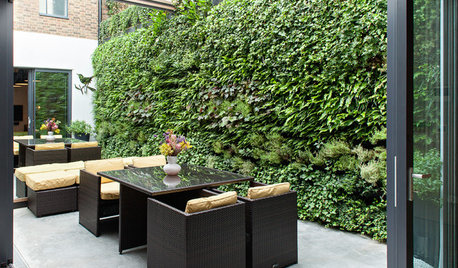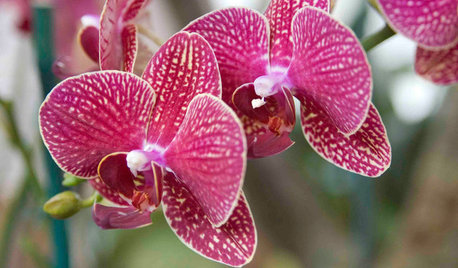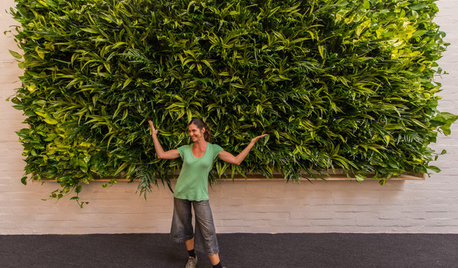Questions: Jalapenos and Habaneros grown indoors, hydroponically.
wtienken
16 years ago
Related Stories

HOUSEPLANTS8 Essentials for Healthy Indoor Plants
Houseplants add so much to our homes — and can thrive when grown in the right conditions. Keep these tips in mind
Full Story
LANDSCAPE DESIGNNatural Swimming Pools: More Beauty, No Chemicals
Keep your skin and the environment healthy with a pool that cleans itself, naturally
Full Story
FARM YOUR YARDHow to Grow Vegetables in Containers
Get glorious vegetables and fruits on your patio with a pro’s guidance — including his personal recipe for potting mix
Full Story
FARM YOUR YARDIf You Have Room for Only One Summer Crop ...
Get an edible that’s long on flavor even if you’re short on space, with a long-time gardener’s favorite picks
Full Story
GARDENING GUIDES10 Reasons to Love Vertical Gardens
Boring patios and lackluster views, begone!
Full Story
LIFEHow to Outsmart Backyard Critters
Learn to think like a raccoon, skunk or squirrel to keep your home safe and your garden intact
Full Story
HOUSEPLANTSOrchids 101: How to Keep Your Moth Orchids Alive and Blooming
Growing Phalaenopsis — and getting it to flower again — is easier than you might think
Full Story
HOUSEPLANTSHow to Add a Living Wall
Learn how to choose systems and plants, and what it will cost to bring a bit of the outdoors in or green up a garden wall
Full StoryMore Discussions







greystoke
greystoke
Related Professionals
Birmingham Landscape Architects & Landscape Designers · Rancho Palos Verdes Landscape Architects & Landscape Designers · Salisbury Landscape Architects & Landscape Designers · El Reno Landscape Contractors · Fair Lawn Landscape Contractors · Fairhope Landscape Contractors · Middletown Landscape Contractors · Mission Bend Landscape Contractors · Natick Landscape Contractors · Oxnard Landscape Contractors · Parkland Landscape Contractors · Paso Robles Landscape Contractors · Snoqualmie Landscape Contractors · Waltham Landscape Contractors · North Hills Landscape Contractorsgrizzman
greystoke
grizzman
tclynx
greystoke
willardb3
roarke222_yahoo_com
dennyg
dennyg